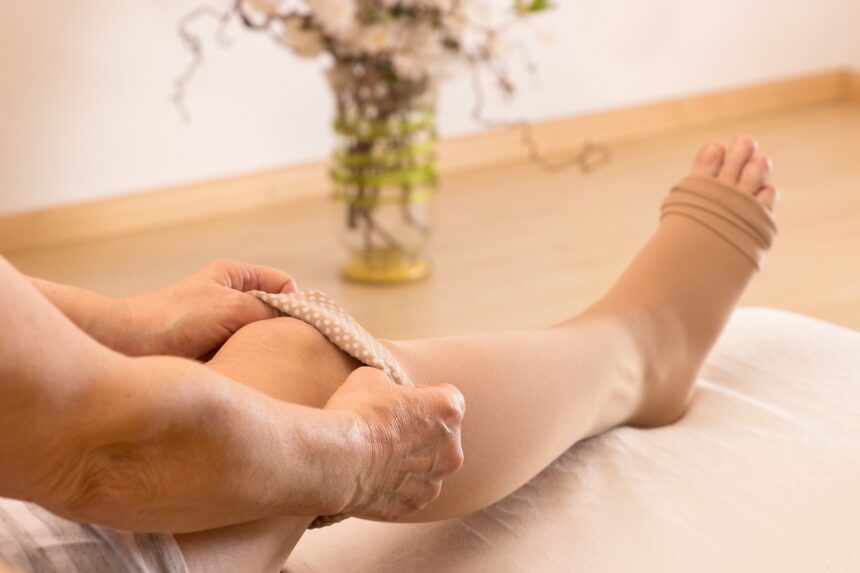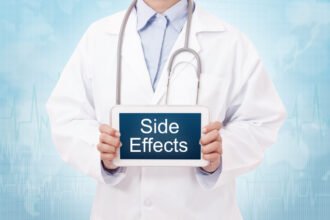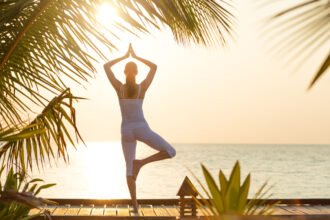Having varicose veins is a source of great pain and discomfort. The condition occurs when your veins aren’t working as they’re supposed to resulting in poor blood flow. This often causes your veins to become enlarged and swollen. These bulging veins often affect how people feel about themselves because they’re highly noticeable. They leave a distinctive dark blue or purple color on the affected area.
Symptoms of Varicose Veins
Though varicose veins can occur in anyone, elderly people are often the most affected. Also, this condition can affect any veins, but it normally occurs in the lower legs because of increased strain caused by standing or walking. The following are symptoms often associated with varicose veins:
- Burning sensation in your legs
- Throbbing legs that feel heavy
- Muscle cramps especially at night
- Swollen feet and ankles
- Dry and itchy skin that appears thin
So how are they treated?
8 Home Remedies
Varicose vein treatment requires medical intervention but there are a few home remedies you can try out. These tips can help minimize the appearance of the veins and provide you with temporary pain relief.
Regular Exercise
We understand that you might be feeling pain in your legs, but you need to exercise. Regular exercise will improve blood flow to your legs which pushes out the blood that’s accumulated in the affected area. In addition, exercise will significantly lower your blood pressure; hypertension is known to cause varicose veins. You don’t need to engage in any strenuous exercises. Something as simple as walking will yield positive results. You can also consider cycling, yoga or swimming.
Wear Compression Stockings
Compression socks are readily available in most pharmacies and they’re inexpensive too. They’re easy solutions to treating this condition. These stockings work by:
- Applying pressure to your legs
- Improving blood circulation towards your heart
- Reducing pain and aching
Plant Extract Remedies
Studies have shown that certain plant extracts are known to treat varicose veins. Horse chestnut extract has been proven to alleviate pain and itchiness in the affected area. The same extract can also reduce the feeling of heaviness in your leg. You can purchase these extracts from health stores. But it’s highly recommended that you dilute them with carrier oils before application. And note that they must be applied topically and not ingested.
Change in Diet
A few tweaks to your diet may be necessary to treat this condition. Eat foods that are high in potassium as they’re designed to reduce water retention. These include potatoes, leafy vegetables and lentils. Be sure to cut down on salty foods because they cause water retention which minimizes blood flow. Eat foods high in fiber to aid in your bowel movement. Straining your already damaged valves as a result of constipation will only make the condition worse. Eat whole grain foods, oats and nuts.
Wear Loose Clothing
The type of clothing you wear is important if you suffer from varicose veins. Avoid wearing tight fitting clothing that exerts more pressure on your already restricted blood flow. Wear loose clothing that’ll allow your blood to circulate freely to your lower body. Aside from clothing, the type of shoes you wear can ease—or worsen—the condition. Opt for flat heeled shoes as opposed to high heels to also encourage better blood circulation.
Elevate Your Legs
To improve blood circulation to your legs we encourage you to keep them elevated—especially if you tend to sit for long hours at work. Keep your legs at around the same height as your heart or slightly above as this will significantly improve blood circulation. By assuming this position, you reduce the pressure exerted in your leg veins. The law of gravity will allow blood to flow back to the heart without any restrictions.
Book a Massage
Here is an excellent reason to treat yourself to a session at the massage parlor. A gentle massage on the affected areas will ensure that blood keeps moving. You can take it one step further by asking them to use gentle massage oils for optimal results and effective pain relief. Whatever you do, avoid pressing directly onto the veins. Not only is this painful, but it may also damage fragile tissue in the affected area.
Keep Moving Around
Last but definitely not least, we encourage you to keep moving as it encourages continuous blood circulation. You won’t be doing yourself any favors by sitting for long periods in one place. If however, the nature of your work calls for remaining in your chair for a long time each day, make a point of taking frequent breaks. Aim to stand up and walk around frequently to encourage blood flow. Set an alarm to remind you every 30 minutes if necessary. Also, avoid sitting in the same position for too long. Regularly switch positions but always avoid crossing your legs. This does nothing for free blood circulation which might worsen the condition. See? There are many things you can do in the comfort of your home to help prevent or treat varicose veins. But if the above home remedies aren’t working then by all means seek medical treatment immediately. There are solutions to what you’re facing; you simply have to find the right one.








